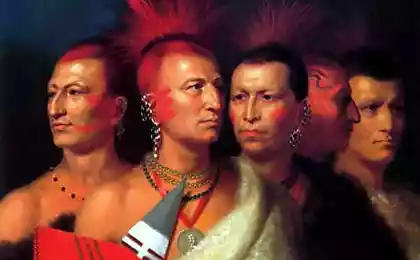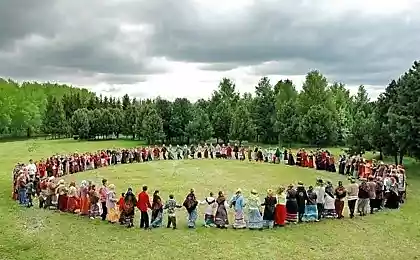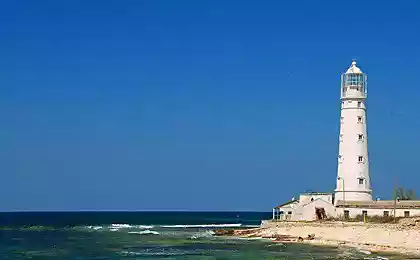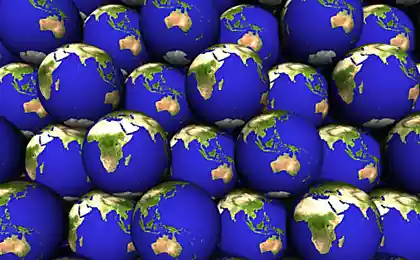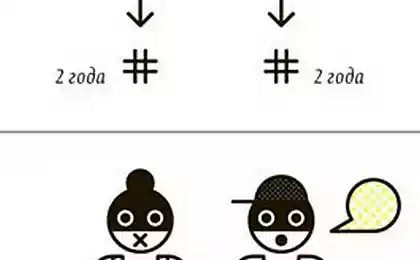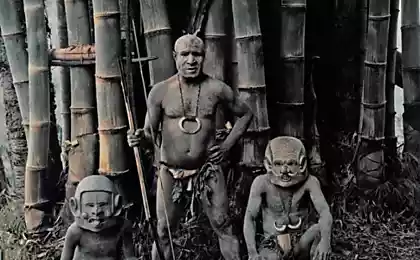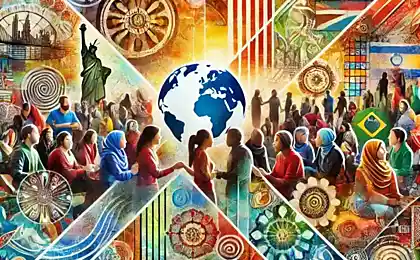178
Lost Worlds: Incredible human communities

In the era of globalization and the digital revolution, there are places where time seems to have stood still. There, far from skyscrapers and smartphones, people live by the laws of their ancestors, preserving unique traditions and culture.

591677.
Guardians of the ancient traditions of the Amazon
Deep in the heart of the Amazonian jungle, where modern man never set foot, lives the Myanawa tribe. It is one of the last completely isolated communities on the planet. According to recent anthropological studies, their number does not exceed 100 people.
“When we first made contact with Myanawa in 2019, it was like time travel,” says Professor Carlos Mendes, lead anthropologist at the Brazilian Institute for Indigenous Studies. Their hunting methods, belief systems, and social organization have remained virtually unchanged for millennia.
Sea Nomads of Southeast Asia
Off the coast of Malaysia, Indonesia and the Philippines there is an amazing community of Bajau - "sea gypsies". These people spend up to 60% of their lives in water, and their children learn to dive before they walk. Studies have shown that over centuries of evolution, Bajau evolved unique physiological adaptations.
“Their spleen is 50% larger than the average human,” explains Dr. Melissa Ilardo of the University of Copenhagen. This allows them to hold their breath underwater for up to 13 minutes, which is comparable to the capabilities of marine mammals.


Heavenly Guardians of the Himalayas
At an altitude of more than 4000 meters above sea level, in the harsh conditions of the Tibetan Plateau, live Sherpas. Their genetic code contains unique mutations that allow efficient use of oxygen in high altitude conditions. But even more amazing is their culture, built around a deep respect for the mountains.


“For Sherpas, mountains are not just geographical objects, but living creatures,” says Tenzing Norgai, a hereditary Sherpa and mountain guide. “Every ascent is not a summit, but a dialogue with the spirits of the mountains.”
The Last Nomads of the Sahara
The Tuaregs, known as the "blue people of the desert" because of their traditional indigo-colored clothing, continue to lead a nomadic lifestyle in the world's largest desert. Despite political boundaries, conflict and climate change, they maintain their ancient way of life.


“We read the desert like a book,” says Mohammed Ag Akotei, a Tuareg elder. “Every dune, every footprint in the sand tells a story. This knowledge has been passed down from generation to generation for thousands of years.”
Threat of disappearance
However, the future of these unique communities is at risk. Climate change, deforestation, political conflict, and globalization all call into question their very existence. According to the UN, every two weeks in the world disappears one language, and with it – a whole layer of human culture.
"We're losing more than just exotic customs," warns Dr Sarah Thompson of the Institute for the Conservation of Indigenous Cultures. “These communities have unique knowledge about survival in extreme environments, about natural medicines, about sustainable living in harmony with nature. Their experience may prove invaluable for the future of all mankind.”
Hope for the future
Despite all the challenges, many of these communities are finding ways to adapt to the modern world while maintaining their identity. Some tribes use modern technology to document their traditions, while others develop eco-tourism to support their traditional way of life.
“The main thing is to find a balance between preserving traditions and adapting to the modern world,” concludes Professor Mendes. “These communities are not museum exhibits, but live cultures that continue to evolve and adapt. Our task is to enable them to determine their own future.”
Energy for Change: How Small Steps Drive Big Transformations
Alchemy of Knowledge: Crossroads of Science and Art




